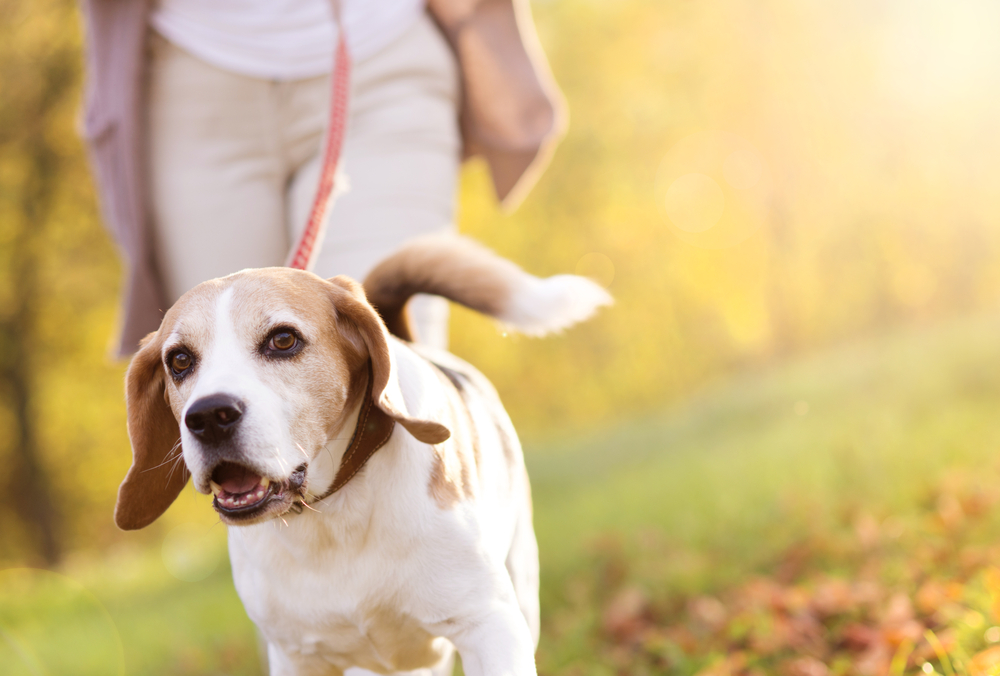TPLO for Dogs: What You Can Expect

Knee problems in dogs are quite common. Cranial cruciate ligament (CCL) rupture is something we frequently treat at our hospital. One of the most effective ways of treating this condition is through the use of Tibial Plateau Leveling Osteotomy (TPLO). Many pet owners ask us about this procedure and what they can expect during their pet’s recovery. Let’s take a closer look at TPLO and how your dog may benefit.
What Is a TPLO Procedure
A Tibial Plateau Leveling Osteotomy (TPLO) procedure is a surgery that corrects a torn CCL (which is much like what we know as ACL). The surgeon makes a curved cut below the joint on the shin surface. After this, they rotate the bone and place it so that it’s flat against the joint. This eliminates pain because the thighbone cannot slip backwards.
In order to hold the bone in place, plates and screws are used for strength and longevity of the procedure. The choice in specific hardware encourages faster healing time and decreases the risk of infection.
After a TPLO, there is no longer a need for the ligament since the surgery replaces its function. This amazing procedure has the best long term advantages for better mobility and pain reduction versus the lateral suture and TTA procedures. Post-surgery x-rays are performed to ensure that the surgery was a success.
At Home Recovery After TPLO
There are several things you can do at home to expedite a great recovery after a TPLO surgery. Your veterinary surgeon will give you take-home instructions on things like exercise restriction, diet, pain management, and physical rehabilitation. Your pet will also need to wear an E collar, which prevents them from opening the suture site. You will also be sent home with pain medications and antibiotics to decrease the risk of infection and inflammation.
- Follow up with all postoperative examinations and x-rays.
- Make sure to keep your pet in a secure, comfortable, and quiet area.
- Your pet will experience some drowsiness the first 24-hours after the procedure, so be certain to keep them safe and do not let them venture outdoors alone.
- Exercise restrictions are necessary for complete healing of the injury. Your pet is okay to go on short walks to “go potty” though.
- Over time, you can gradually increase the duration of walks, but do so when your doctor advises.
- Keep surgical wounds clean, dry, and dressed.
- Maintain your dog’s comfort and minimize any stressors, such as loud noises, rowdy pets or children, or changes in the routine.
Your pet will have a few follow up visits with the team at Oakland Veterinary Referral Services to make sure they are recovering. Some pets benefit from the use of physical therapy. Please contact us to learn more about TPLO surgery for dogs and pet physical therapy, or to schedule an appointment.


